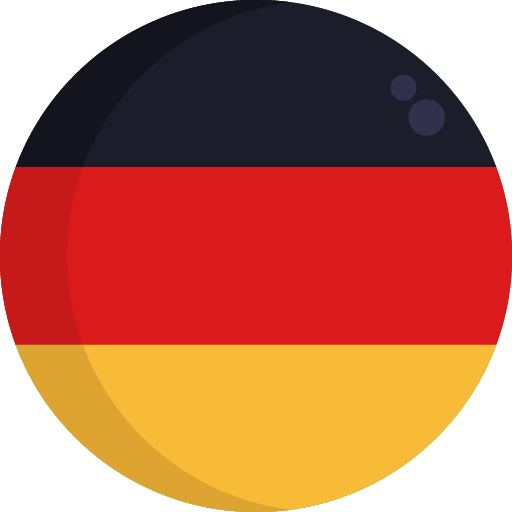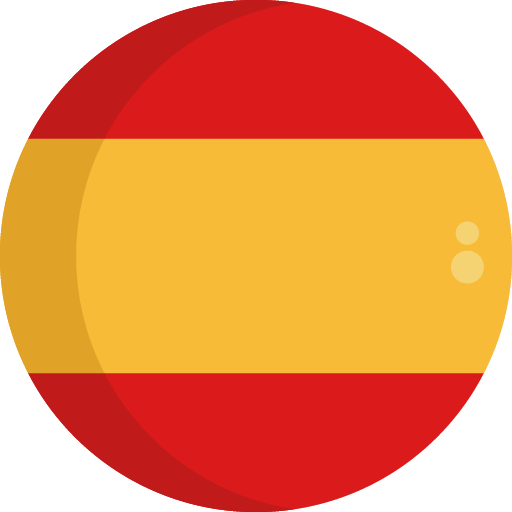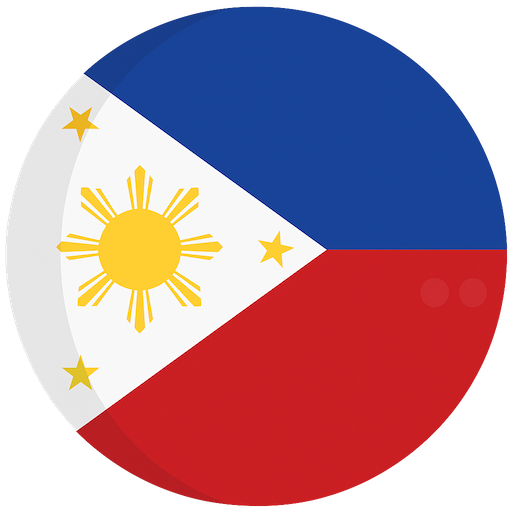Section 21
John the Baptist - His person, proclamation, and baptism
Judean desert & Country around the Jordan River
Notes
Judean Wilderness
The Judean Wilderness is often referred to in the Bible simply by the term “wilderness.” Its Hebrew name was Yeshimon, meaning “devastation.” The Judean Wilderness extends from just north of Jerusalem to the southern tip of the Dead Sea. The strip of land itself ranges from 10-20 miles wide and lies between the hill country of Judah and the Rift Valley. This area is in the “rain shadow” - that area on the east side of the hill country that receives little rain from the Mediterranean Sea. The desert is hot and dry most of the year.
The area experiences a tremendous drop in elevation. From Jerusalem to Jericho, a distance of about 15 miles, the elevation drops from 2,600 feet above sea level to 1,100 feet below sea level- a drop of 3,700 feet. Because of the steepness of the twisted canyons, even the downhill journey from Jerusalem to Jericho can take 6-8 hours on foot. In the Old Testament, individual portions of the Judean Wilderness were often named for nearby towns and villages-the desert of En Gedi, the desert of Maon, the desert of Tekoa, and the desert of Ziph.
Jordan River
The name Jordan, or yarad in Hebrew, means “to go down...to descend.” From the time it leaves its main sources at the foot of Mount Hermon, it drops 2,600 feet to the Dead Sea, the lowest point on the earth’s surface. Its course follows the largest fault zone on earth, the Great Rift Valley, which begins in Turkey and extends to East Africa.
The melted snows from Mount Hermon which spring forth at Dan and Caesarea Philippi are the main source of the river. As the river runs down toward the Sea of Galilee, the volume of water increases as several small tributaries and springs contribute to the flow. About 264 billion gallons of water flow through the Jordan River each year.
After the Jordan River exits the southern end of the Sea of Galilee, it meanders 125 miles (although the distance in a straight line is only 65 miles) to the Dead Sea. The depth of the river varies with the season as well as by region. At some points it is as shallow as three feet, in other places 10 to 12 feet. In the spring, however, the Jordan used to be “at flood stage all during the harvest” (Joshua 3:15). Today about 90 percent of the Jordan flow has been diverted for domestic or agricultural use.
The southern part of the Jordan attracts few tourists because it straddles Israel and the country of Jordan. Just above the Dead Sea, across from Jericho, near what the Bible calls “Bethany beyond the Jordan,” John baptized Jesus in the Jordan River (John 1:28).
Perea
Perea was the term used by the historian Flavius Josephus, and others, for a section of the territory east of The Jordan River, opposite Judea and Samaria. Although the word Perea is not found in the Scriptures, the area was mentioned frequently in the Gospels as the “land beyond the Jordan”. John the Baptist baptized in Perea, and was also martyred there at Herod’s fortress of Machaerus. Jesus Christ often visited Perea during His ministry, and had many followers from there, which at the time had a large Jewish population.
Jesus spent most of his final 3 months before Passion Week traveling around Perea, teaching in its towns and villages. Jesus had been in Jerusalem for the Feast of Dedication (John 10:22-39), and the Jews tried to stone him again. He escaped their grasp and went back across the Jordan into Perea for the final months before his crucifixion. During these months he taught his disciples about the cost of following him and he tried to prepare them for his coming death.
Today, most of Perea is in the Hashemite Kingdom of Jordan.
Photos
Videos
Video 07: John the Baptist (Judean Wilderness)
Video 09: Phase 2 Chronology
Judean desert & Country around the Jordan River
Footnotes
Matthew 3,3 | Mark 1,3 | Luke 3,6
Isaiah 40:3-5
Mark 1,2
Malachi 3:1



















